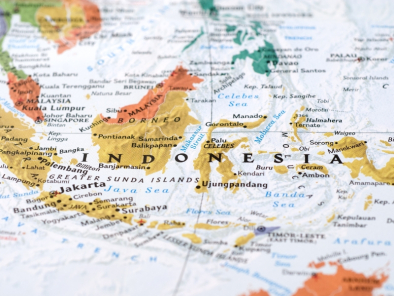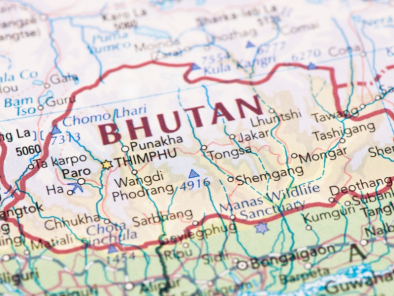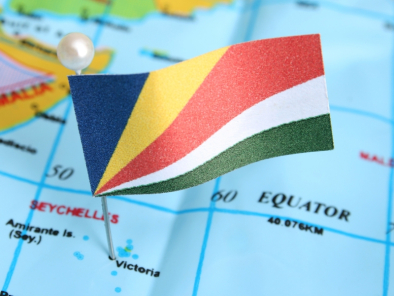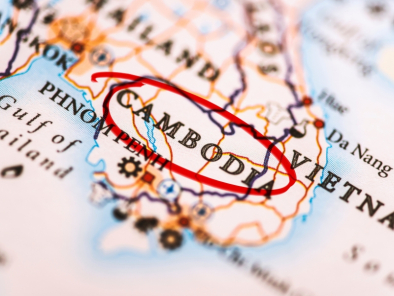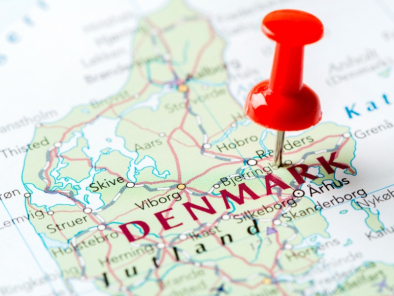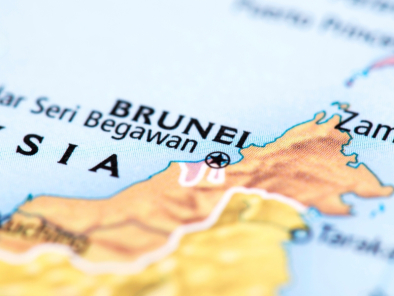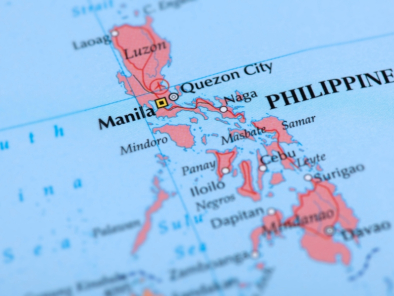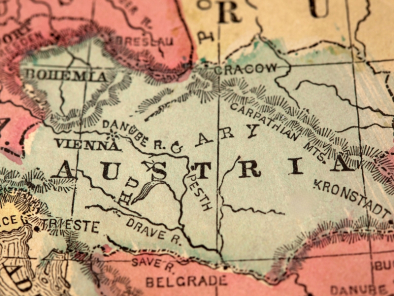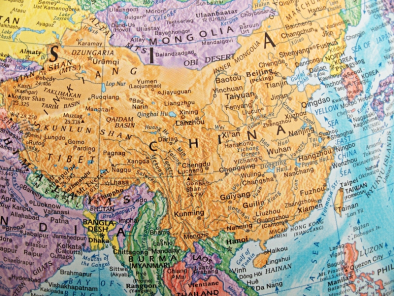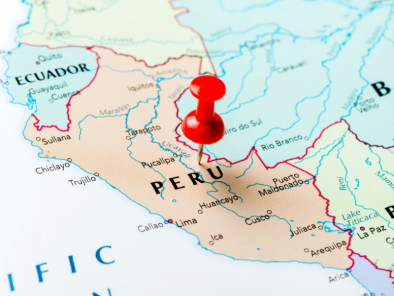
Posted by: Leo travel Hub
VISA The visa is to be obtained prior
to arrival in the country
HOW TO GET THERE:
CURRENCY:
-The
currency of
US $1 = 3.3
nuevo soles.
-Coins
are available in 5, 2 and 1 sol, and in 50, 20, 10, 5 and 1 cent. 5 and 1 cent
coins are not normally accepted outside of big supermarkets or banks, so avoid
them.
-
Notes are available at 10, 20, 50, 100 and 200 soles denominations; 200 soles
notes are uncommon and will not be accepted in the same places that will not
accept a 100 USD note or a 50 pound note.
-
Counterfeiting is common: take time to get familiar with the money and do not
hesitate to reject any note or coin (especially the 5 sol coins) that look
suspicious.
-
If you are stuck with a counterfeit coin or note, if you try to use it at big
stores they may want to confiscate it.
-
Don't accept damaged bills, since you will have to take them to a bank in order
to change them into new ones before you can spend them. Be especially careful
when exchanging money at the border (notably the one with
-
Traveler’s checks or credit cards are usual. Although cash has a ca. 2% better
change rate, you are strongly advised not to carry large amounts of cash on
your journey.
-The
Banco de Credito (BCP) gives good rates on traveler checks. Rates in change
offices are often somewhat worse. It's always worth comparing them before
changing your money. When changing your money in change offices, control their
calculations.
-Even
in the bank, check your bills for authenticity.
-ATMs
are available in big cities, upmarket hotels and tourist areas. With a Cirrus
or Maestro sign on it, you can withdraw cash easily. The exchange rate is the
same as credit cards but fees are much lower.
-In
smaller towns, it can happen that there are nobody who will accept your credit
card or traveler checks. For this case, you should have taken care that you
have enough cash with you. Nice new Dollar bills (not too high,10 or 20
TRAVELLING
BETWEEN CITIES:
There
are flights between Lima (LIM) and Cuzco(CUZ) every half an hr. The flying time
is 1hr.
The
airlines that operate between
GETTING
AROUND:
-Inside
the cities, there is usually no problem getting around on taxis.
-Taxis
cost between 7 and 8 soles (US$ 2.00 - 2.40) in
-Taxis
are divided between "formal" taxis, painted and marked as such, and
informal ones, that are just cars with a windshield sticker that says
"Taxi".
-Apart from the more upscale radio taxi (also
the more expensive ones), the fare is not fixed or metered, but it is
negotiated with the driver before getting into the vehicle.
-
Ask at your hotel about the rate you may expect to pay to ride to a specific
location to have a point of reference. There is no tipping at taxis.
Hence
it is advisable to use only taxi companies requested by phone or authorized by
city halls, which are yellow colored and show their license plate number on
both sides of the vehicle.
(http://wikitravel.org/en/Peru#)
COUNTRY DIALING CODE: +51
TIME
DIFFERENCE:
10.5
hrs behind
DUTY FREE:
Travelers
to
LANGUAGE:
Spanish
and Quechua are the official languages, but many other dialects are spoken.
English is spoken only in major tourist centres and hotels.
MUST CARRY:
Sun
block and hat, sunglasses are necessary, carry plenty of water.
TAXES:
All
sales in
ELECTRICITY:
The
whole electric system of
Some
hotels of 5 and 4 stars have additionally electric systems of 110 volts.
TIPS:
For good service a tips of 10% is
considered polite.
CITIES:
Positioned
halfway down the dry and dusty desert coastline of
Climate
http://www.wordtravels.com/Cities/Peru/Lima/Attractions
MUST SEES:
Plaza de Armas, Central Lima
This
is the spot where Francisco Pizarro founded the city in 1535. The north side is
dominated by the
On
the east side of the Plaza, you will find the Cathedral. Unfortunately, it was reduced to rubble in 1746 by an
earthquake and was subsequently rebuilt and completed by 1755. The supposed
remains of Francisco Pizarro lie in a small chapel, the first on the right
of the entrance, in a glass coffin.
Open Tues-Sun
10:00 - 18:00
Entrance fee
of US$2 includes entrance to the
Plaza Mayor and Plaza San Martin
A
long pedestrian street crowded with shoppers, vendors, and sightseers
connects
The Cathedral
The
Cathedral, which has become one of the main symbols of the city, started
construction the same year the city was founded; 1535. Since then there have
been numerous remodilations. The Basilica Cathedral of Lima displays a form
architecture that makes it unique in all of
The
most spectacular of
Address:
Corner of Lampa and Ancash Avenues;
Opening time:
Daily 9am to 4.45pm
Museo de Oro
Housed
in a fortress-like building are the safe-rooms crammed with treasures from the
Inca civilisation and their predecessors. The massive collection of gleaming
gold, ceremonial objects and jewellery compete for attention, and the famous
golden Tumi, the symbol of
Opening
time: Daily 11.30am to 7pm
Parque del
Amor (
Opening hrs: 6
am-midnight
Miraflores and
The
districts of Miraflores
and San Isidro
represent modern
Excursions
from
Pisco is a small
port and fishing village, best known for its fiery white grape brandy of the
same name. It also boasts the origins of one of the major ancient civilisations
in
Address:
Pisco is 150 miles (95km) south of
Nazca
Nazca
is a small desert town, named for the Nazca
civilisation that came after the Paracas culture, and it is a major
attraction due to the mysterious presence of the lines and diagrams etched into
the surrounding desert floor. It also has some interesting museums and
archaeological sites, including the
The best way to see the lines is to take to the sky. Flights over the lines leave regularly throughout the day on small planes which take between 3 and 5 passengers. The flight last from 30-40 minutes.
Address:
Nazca is a few miles in from the coast, 280 miles (175km) southeast of
CUSCO
Flying
time between
Cusco
is
Must Sees
It
is located 120 kilometer in the northwest area from Cusco over
The
archeological complex is located in the top of a mountain,
The excursion is by the exclusive, luxury train “Hiram Bingham”
The train leaves from
From there, the journey is highlighted by wonderful
vistas of the mountains and the beautiful
The distinctive blue and gold carriages of the Hiram Bingham are warm and
inviting with elegant interior upholstery. The train, consisting of 2 dining
cars, a bar car and a kitchen car, can carry up to 84 passengers.
The Hiram Bingham departs
Once back on board for a 6.30pm departure, pre-dinner cocktails are served in
the bar accompanied by live entertainment before passengers enjoy a 4-course, à
la carte dinner, in the dining cars. The train pulls into Poroy station in
THE JOURNEY
The train leaves from Poroy in the morning, taking a spectacular journey through a
changing landscape while guests enjoy breakfast. After departing Poroy and
going through Cachimayo, the train
descends to the plateau of Anta, a
patchwork landscape of typical Andean crops and passes lush fields and colorful
villages in the foothills of the
Far to the left, just below the horizon, the massive agricultural terraces of Jaquijahuana can be seen, close to the
Beyond the town of
The train passes through extensive areas of terracing dotted with the ruins of
Inca fortresses. Bisecting this are still-visible sections of an ancient,
long-abandoned highway adopted by the muleteers of the late 19th century, who
used it to travel between
5km beyond Pachar, is the
As the train leaves Ollantaytambo to begin the last part of its journey to
The railway follows the river into the
Emerging from a short tunnel, a series of beautiful agricultural terraces marks
the ruins of Qente, which in Quechua
means hummingbird. In this fertile microclimate fed by a nearby waterfall,
giant hummingbirds are indeed a common sight in the early morning and bright
flowers bloom all year round.
Surrounded by tall ceibos and rocky outcrops hung with orchids and bromeliads,
the train passes Km 104 at Chachabamba,
from where the one-day trek to Machu Picchu via the magnificent ruins of Wiñay Wayna begins.
At just 2 km from
Guests disembark at Aguas Calientes and are taken by bus to Machu Picchu
Sanctuary Lodge, overlooking the ancient citadel, for lunch. A private guided tour
of the sanctuary follows before the return transfer to the station in the early
evening. A sumptuous dinner is served on the 3 ½ hour journey back to
SACSAYHUAMAN FORTRESS:
Visitors
to this magnificent Inca fortress, which overlooks the city of
The duration of the tour is 3.5 hrs. It’s a 30mins drive from cusco city centre and 15mins drive from the hotel.UCA PUCARA (RED FORT):
Situated on a hill with superb views over the surrounding countryside Puca
Pucara was more likely a tambo, or kind of post house than an actual fortress.
Travelers may have lodged here with their goods and animals before entering or
leaving
Q'ENKO (ZIGZAG):
This
is one of the finest examples of a rock artfully carved insitu showing complex
patterns of steps, seats, geometric reliefs and a puma design. The rock is an
excellent example of the Inca 'Rock Worship'. In Inca cosmological beliefs the
Incas held large rocky outcrops in reverence, as if they possessed some hidden
spiritual force. On top of the rock are zigzag channels which served to course
chicha (local maize beer) or sacrificed llama blood for purposes of divination;
the speed and route of the liquid, in conjunction with the patterns made in the
rock, gave the answers to the priest's invocations.
Inside the rock are large niches and a possible altar. This may have been a
place where the mummies of lesser royalty were kept along with gold and
precious objects.
TAMBOMACHAY (CAVERN LODGE):
Commonly
referred to as the 'Baños del Inca' or
Inca baths, Tambomachay was a site
for ritual bathing. The excellent quality of the stonework suggests that its
use was restricted to the higher nobility, who maybe only used the baths on
ceremonial occasions. The ruins basically consist of 3 tired platforms. The top
one holds four trapezoidal niches that perhaps were used as seats; on the next
level an underground spring emerges directly from a hole at the base of the
stonework and from here cascades down to the bottom platform, creating a cold
shower just high enough for an Inca to stand under. On this platform the spring
water splits into two channels, both pouring the last metre down to ground
level.
All
that remains today is the stonework; the conquistadors took the rest -
unfortunately all the exquisite treasures ended up being melted down; nothing
survived. However the fist conquistadors to arrive did not remove the holiest
religious symbol of the empire, the golden sun disc, though they reported its
existence. This solid gold disc, far larger than a man, mysteriously vanished
before the main party of Spaniards arrived. It has never been found to the
present day. The disc was positioned to catch the morning sun and throw its
rays into the gold-lined temple, filling it with radiant light and bathing the
mummies of the dead Inca rulers in sunshine, which were seated in niches along
the walls.
The entire temple complex was also an intricate celestial observatory. Every
summer solstice, the sun's rays shine directly into a niche - the tabernacle -
in which only the Inca was permitted to sit. Along with the main temple
dedicated to the Sun, there were others for the adoration of lesser deities -
the Moon, Venus, Thunder and Lightning, and the Rainbow.
OLLANTAYTAMBO (2,800m):
Ollantaytambo
is an attractive little town located at the western end of the
The
town is located at the foot of some spectacular Inca ruins (entrance with the
Tourist Ticket 'Boleto Turistico') which protected the strategic entrance to
the lower
Ollantaytambo became the only place ever to have resisted attacks from the Spanish.
However,
the victory was short-lived when the Spanish returned with four times their
previous force. Manco Inca retreated to his jungle stronghold in Vilcabamba and
Ollantaytambo fell into the hands of the Spanish.
(www.andeantravelweb.com/peru)
PUNO:
The
city of
At
3,827m in altitude, Puno is a rather cold and bleak town surrounded by the
desolate altiplano (or high plateau). It is not so much a destination in itself
but a necessary stop on the way to visit the islands on Lake Titicaca, or when
crossing the border to
Puno
is, however, a melting pot of Indian cultures including the Aymara from the
south and the Quechua from the north. This has earned Puno the title of
'Folkloric Capital of Peru' which it lives up to well with its huge number and
variety of traditional fiestas, dances and music
Lake
Titicaca is the main attraction that draws people to this part of
Some great monuments are the Cathedral, the Conde de Lemos's Balcony,
the Arch Deustua, the Municipal Paintings Room, the
SHOPPING:
For shopping, there are typical markets, for
handicrafts, but there are also exclusive jewelries to buy gold and silver
goods, of excellent quality. Alpaca wool
cloth, sweaters, coats are excellent in
Wall
carpets (tejidos), Carvings on stone, wood and dried pumpkins.
Silver
and gold jewellery, typical music instruments like pan flutes (zampoñas), skin
drums.
Bargaining
is very common
Shopping in
Mercado
Indio (Indian Market)
Located
between 6th and 10th blocks of Avenida La Marina, Pueblo Libre.
This
large collection of market stalls sell crafts only, including woollen and
alpaca clothing, carved wood objects and jewellery. There's a huge selection
and bargaining is expected. The handicrafts markets in Miraflores on Avenida
Petit Thouars (blocks 51-54) has a similar, although slightly more expensive,
selection
Shopping in
For
Handicrafts
Centro
Artesanal
Arte
Vivo del Cusco al Mundo
Artesania
Mendivil (shop and workshop)
Galeria
Olave (shop and workshop)
Galeria
Latina
La
Perez
Seminario
Ceramic Studio (Cusco & Urubamba)
Store
of the Weavers of the
Casa Ecologica
For Alpaca
Wool
Center
for Traditional Textiles of
Tienda
Museo de Josefina Olivera
Awana
Kancha (between
Alpaca
III
Alpaca's
Best
Alpaca
Golden
Werner
& Ana
Mon Repos
NIGHTLIFE:
There are various exclusive night clubs, you
can also enjoy dinners with folklore shows, in
In

